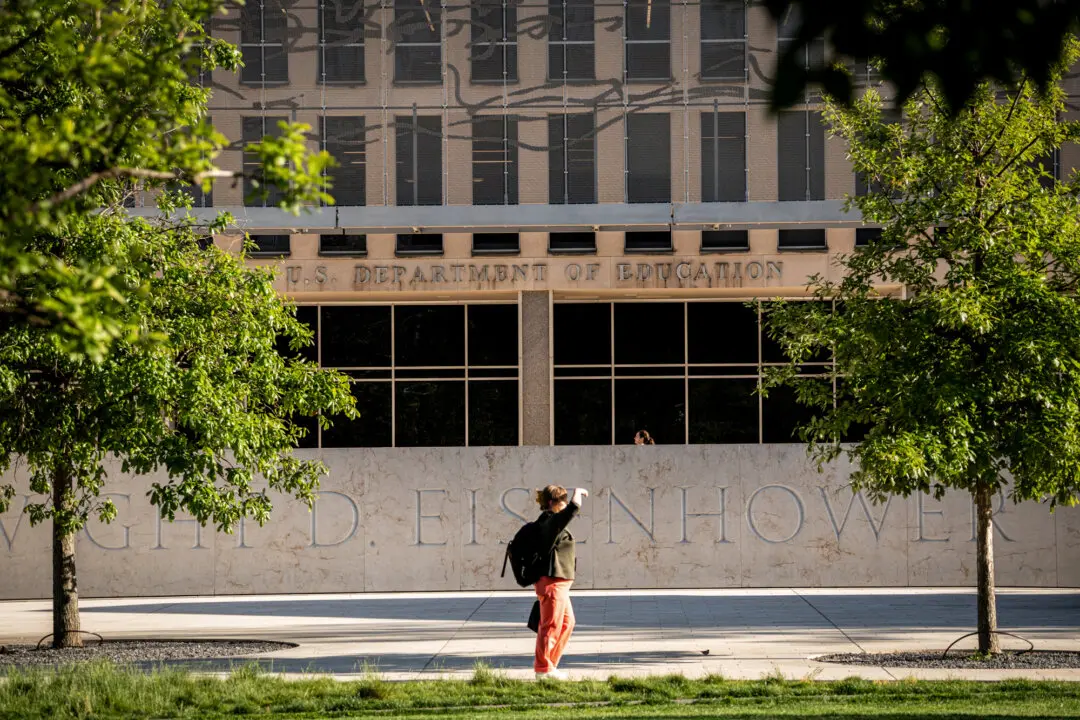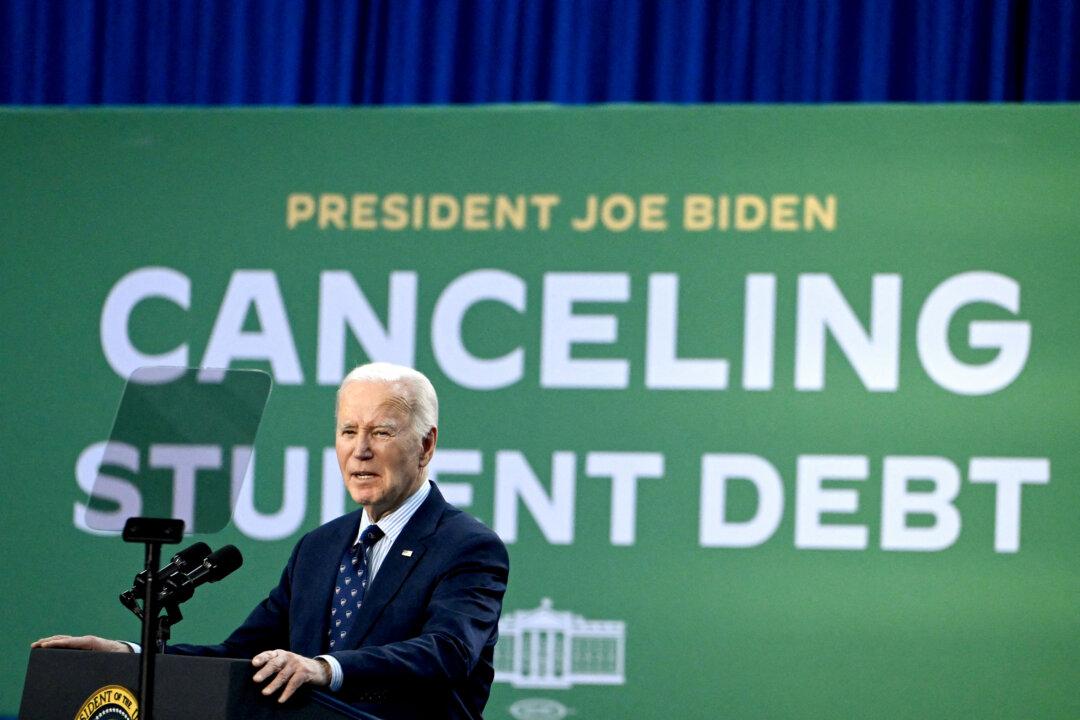The Minnesota Court of Appeals has ruled that public schools in the state must allow students to use locker rooms that align with their gender identity, following a lawsuit filed on behalf of a transgender student.
According to the Minnesota chapter of the American Civil Liberties Union, which filed the lawsuit in 2019, the transgender student identified as N.H. entered Coon Rapids High School in 2015 and was on the boys’ swim team. N.H. had used the boys’ locker room along with other team members for much of that season until the Anoka-Hennepin School District decided in early 2016 that the teen must use a separated “enhanced privacy” changing room.





